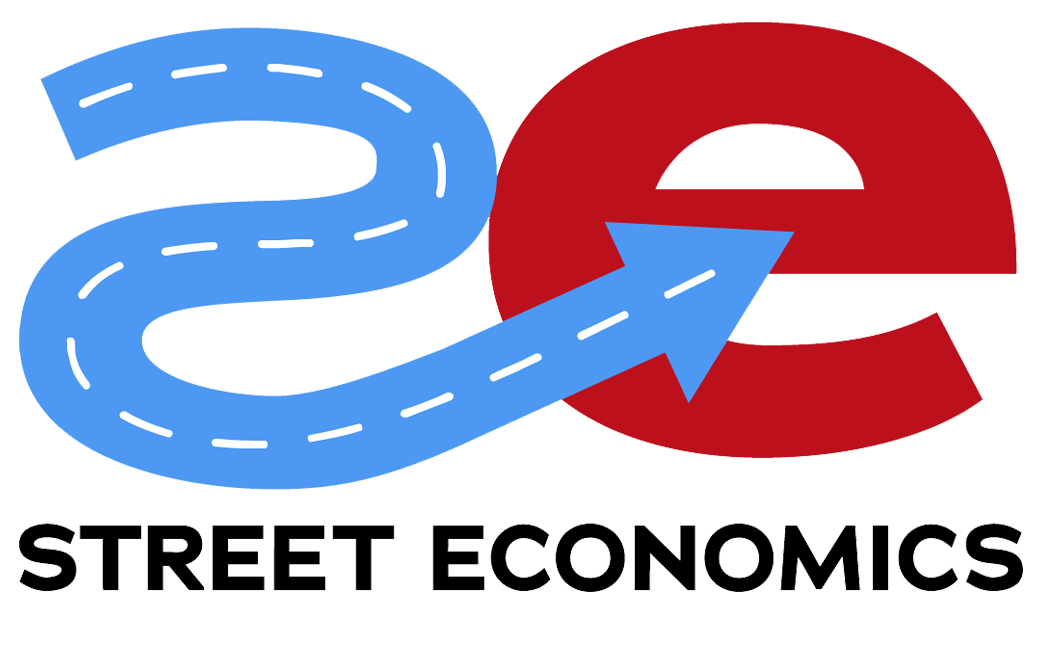Continuing our series From Ivory Towers to Main Streets, we explore the gritty realities of urban development. In this series, we challenge conventional economic theory, academic research, and top-down urban planning approaches by confronting them with real-world examples. Economic development is too often seen through the lens of planners, bureaucrats, and academic think tanks, who treat cities like laboratories for their theories. However, true economic development is messy, unpredictable, and deeply tied to the unique dynamics of individual communities. This series breaks down those Ivory Tower concepts and reframes them into practical, community-based approaches prioritizing the people living and working in these neighborhoods.
In today’s article, the third in our three-part miniseries, we examine how cash flow, the day-to-day lifeblood of local businesses, is too often forgotten in top-down redevelopment strategies. Using the cases of Santa Ana, California, and Miami Beach’s South Pointe neighborhood, we highlight how moratoriums and zoning changes can choke off cash flow and ultimately lead to economic stagnation and displacement.
In business, cash flow is king. It represents the movement of money in and out of a business and determines whether that business can cover its expenses, invest in growth, and remain sustainable. When local governments ignore cash flow in their planning, they undermine the financial health of existing businesses, putting them at risk and stifling the economic development they aim to foster.
Unfortunately, both Santa Ana and Miami Beach’s South Pointe redevelopment are prime examples of how bureaucratic decisions can ignore this critical aspect of economic health.
In 2024, Santa Ana imposed a moratorium on industrial businesses within its SD-84 Transit Zone. This decision was part of a broader plan to rezone the area for high-density residential projects, aimed at meeting state housing mandates. While the intention might have been to solve a housing crisis, the moratorium had an immediate and devastating impact on the industrial businesses that had long been the economic engine of the area.
Some of these businesses had invested heavily in their properties since 2007 and found themselves in a bind. They could not expand or even make basic improvements, as the moratorium froze all building permits. For these companies, the inability to invest in their operations meant cutting off future cash flow. Without the ability to grow or maintain their properties, these businesses were left with devalued land, reduced revenue streams, and limited options for staying afloat.
As a result, the cash flow problems created by the moratorium not only hurt individual businesses but also contributed to a broader stagnation in the area. By ignoring the day-to-day financial needs of its industrial sector, Santa Ana undermined the economic vitality of the very businesses that had been contributing jobs and revenue to the city for decades.
Miami Beach’s South Pointe redevelopment in the late 1970s offers a similar cautionary tale. The city’s plan to transform a low-income, working-class neighborhood into a luxury district relied heavily on a moratorium that froze property development. This moratorium, intended to clear the way for large-scale redevelopment, left property owners and businesses in a state of uncertainty.
For years, property owners couldn’t secure building permits or make improvements, reducing their ability to increase property value or generate additional revenue. Businesses that relied on cash flow to cover expenses or reinvest in growth found themselves unable to adapt to changing market conditions, and many closed their doors as a result. In the meantime, market forces took over north of the South Pointe neighborhood and, starting with Ocean Drive, real local economic development took hold, revitalizing South Beach. Only many years later did South Pointe finally catch up and deliver on the promise of a neighborhood for the rich.
In this case, as in Santa Ana, the city’s decision to prioritize future developments over the immediate needs of existing businesses created a cash flow crisis. Property values stagnated or dropped, and businesses that had been the foundation of the local economy were displaced or shut down, making room for luxury developments that wouldn’t materialize for years.
Both Santa Ana and South Pointe illustrate the same problem: when cities ignore cash flow, they risk undermining the very economic development they claim to support. By imposing moratoriums and zoning changes that restrict businesses from growing or adapting, cities create an environment where existing businesses struggle to survive. This leads to:
- Devalued Properties: When businesses can’t invest in their properties or make improvements, land values drop. In Santa Ana, industrial businesses have seen their property values plummet by as much as 75% due to the city’s moratorium.
- Lost Jobs and Economic Stagnation: Cash flow allows businesses to expand, hire more workers, and contribute to the local economy. Cities like Santa Ana and Miami Beach stifled job creation and long-term economic growth by cutting off cash flow.
- Displacement of Local Businesses: The ultimate consequence of cash flow problems is that businesses close, often making way for wealthier investors or developers. This process, commonly associated with gentrification, disproportionately affects small businesses and working-class communities.
True economic development requires more than grand visions of new housing projects or luxury developments. It requires a deep understanding of how local businesses operate and the financial realities they face every day. Ignoring cash flow leads to instability, displacement, and economic stagnation—exactly the opposite of what cities should be aiming to achieve.
Preservation, Enhancement, and Capitalization: three core principles of the BusinessFlare® approach, offer a better way forward. Rather than imposing moratoriums that freeze development, cities should focus on policies that:
- Preserve existing businesses and economic drivers by ensuring they have the ability to grow and thrive in the short and long term.
- Enhance the local economy by supporting businesses with infrastructure improvements, incentives, and access to capital.
- Capitalize on existing assets by integrating new developments with the businesses and communities that already make the area vibrant.
Santa Ana and South Pointe provide valuable lessons about the importance of cash flow in local economic development. Top-down planning that ignores businesses’ day-to-day financial needs leads to stagnation, displacement, and a failure to achieve long-term growth. As cities look to redevelop and modernize, they must put cash flow at the center of their planning efforts, ensuring that local businesses can grow alongside new developments.
Economic development isn’t about imposing abstract visions on a community; it’s about working with the community to build a sustainable, thriving local economy. Cash flow is the foundation of that success, and cities that ignore it do so at their peril.



Comments are closed